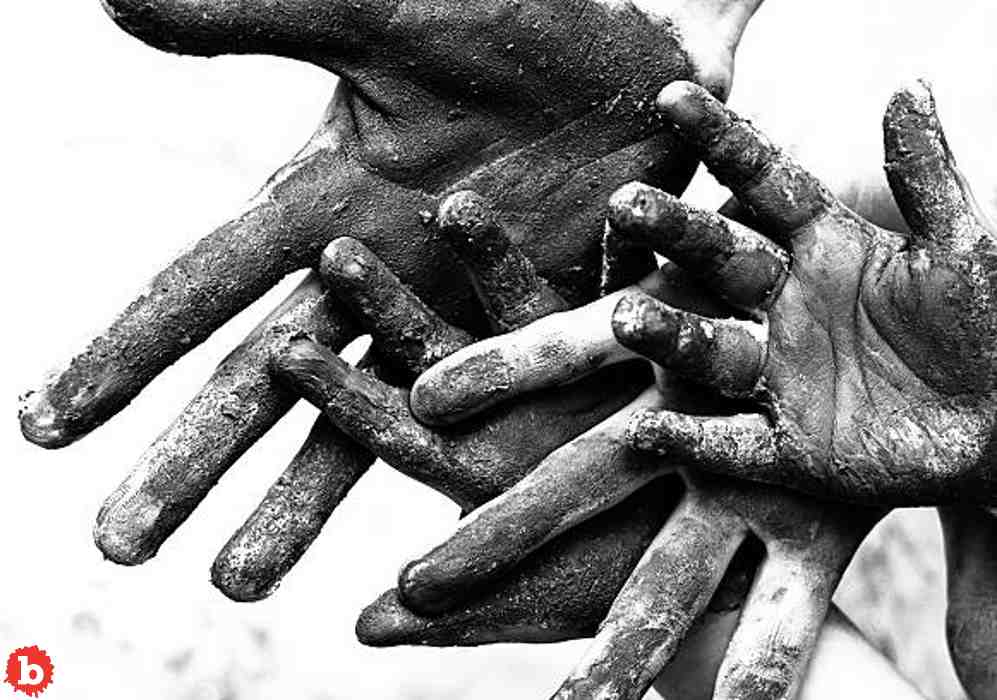CONSTRUCTION COMPANY IN UK DISCOVERS CHILD LABOR HANDPRINTS ON VICTORIAN ERA ROOF TILES
History is inescapable, even when we try to forget it. Sometimes, history simply falls by the wayside, when out of sight becomes out of mind forever. But when it comes to remembering, history does on occasion remind us in no uncertain terms. This time, Touchstone Surrey, a UK construction company, discovered literal child labor handprints from the Victorian Era when stripping a roof from the early 1800’s. In other words, kids were the labor behind this roof from over 200 years ago. Some handprints are likely those of children as young as 7 years old.
Read More: Lauren Boebert Firmly Denies Affair With Country Music Singer As She Divorces Husband
CHILD LABOR WAS MUCH WORSE IN THE PAST, THOUGH 200-YEAR-OLD HANDPRINTS A STARK REMINDER
It’s easy to feel strong judgement hearing (or learning) about this. But child labor was a major contributor to the early industrial age, and before, of course. In fact, many places still use very young children in the workforce. In America, we like to assume we’re better, even though child labor hasn’t been forbidden for all that long. And, well, there are all too many contemporary stories of kids these days doing jobs they have no business doing in the United States. But there’s just something indelible (literally) with finding the hand prints of young children in their hard labor from so long ago.
Related:
MANY FAMILIES IN MIDLANDS AREA, UK NEEDED CHLD LABOR SIMPLY TO BARLEY SURVIVE
Some are commenting that many English companies in the midlands (UK) were full of children making roof tiles. As remains true in many places today, midlands families back then needed the money simply to survive. Those kids started off as mould runners, eventually moving up to setting the moulds and making the tiles themselves. Hence, the child labor hand prints discovered now, reminding us of then. Other reactions in England include comments like this: “This is what should be in the British Museum. Not stolen artifacts from colonized countries.”
The sun may never set on the English Empire, except at home in the UK itself, looking back.






